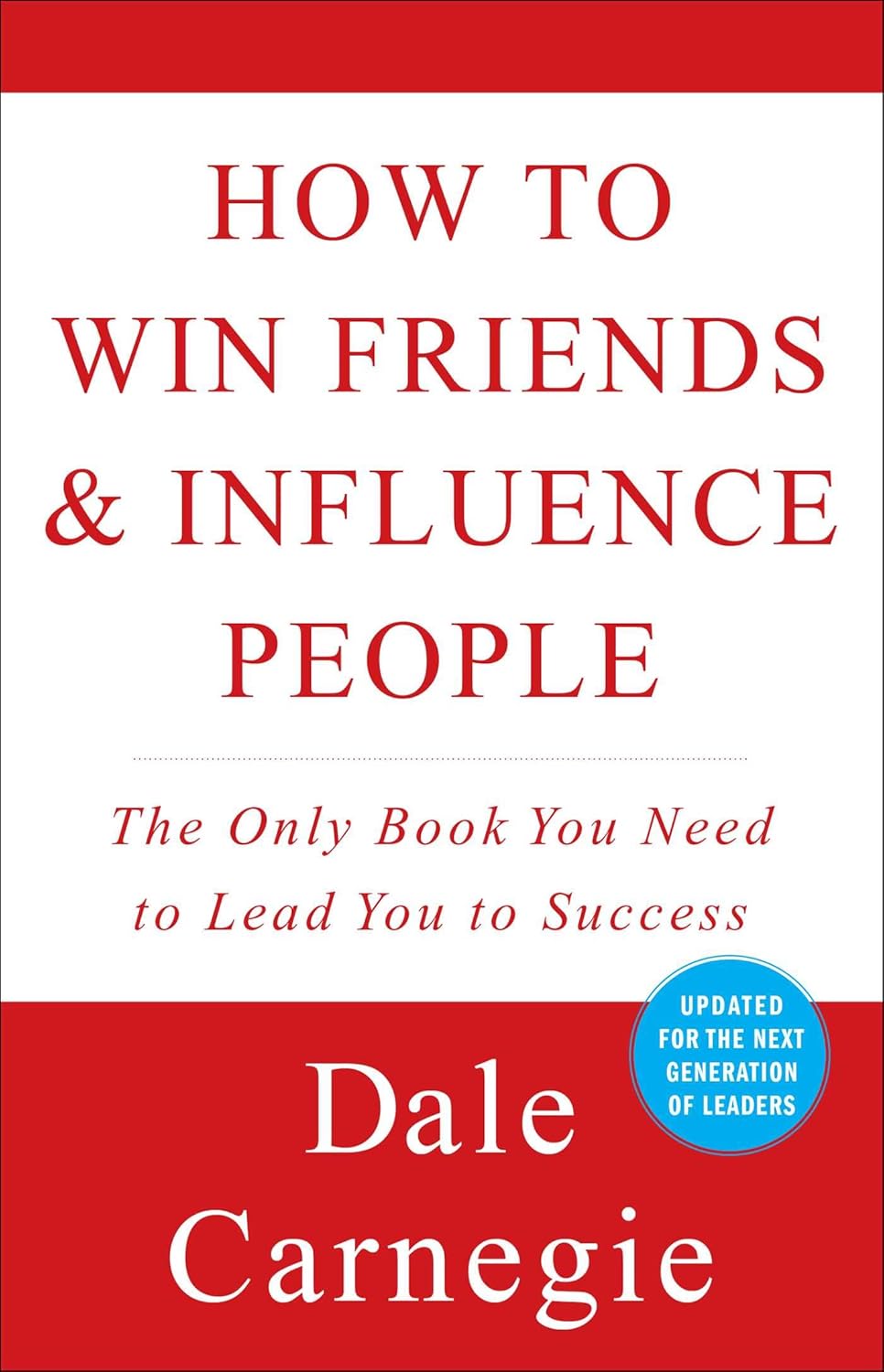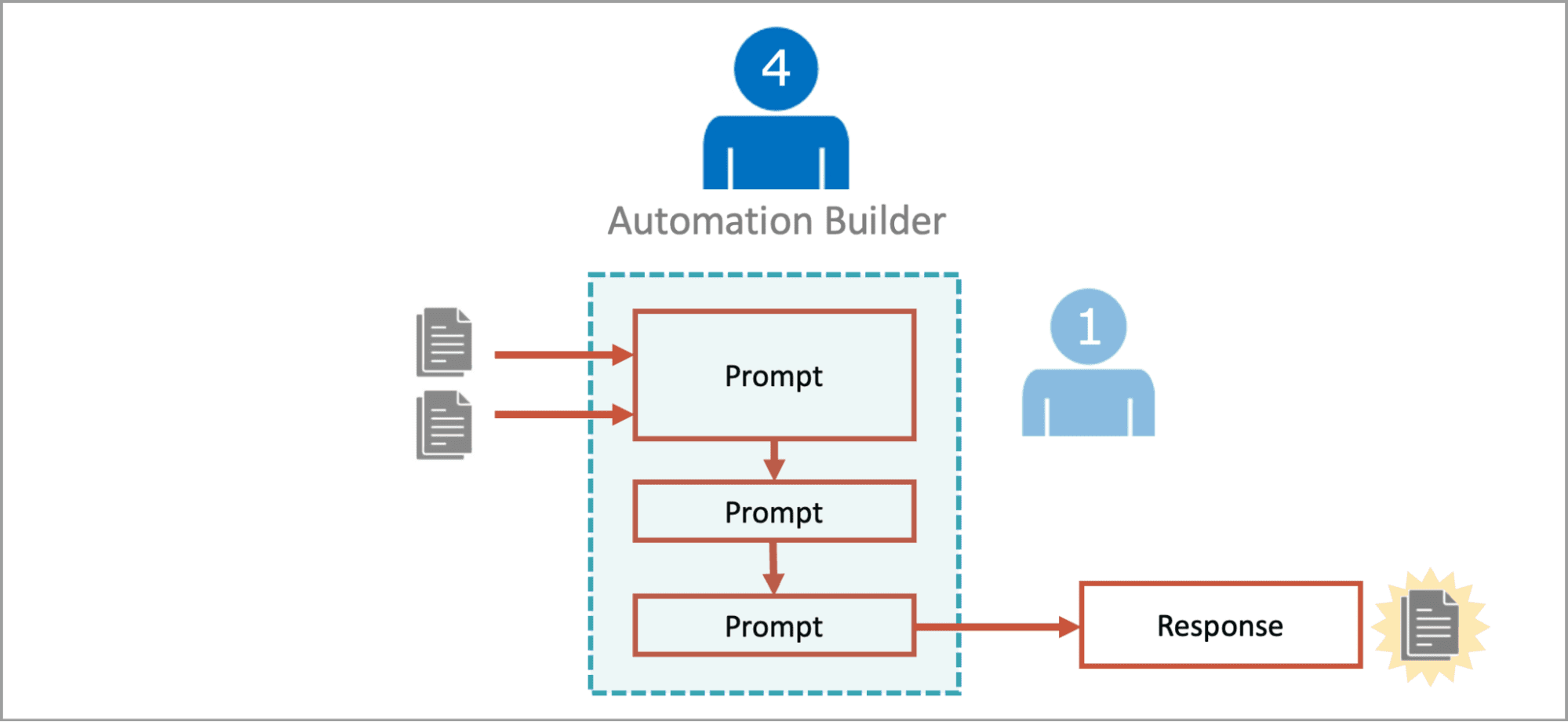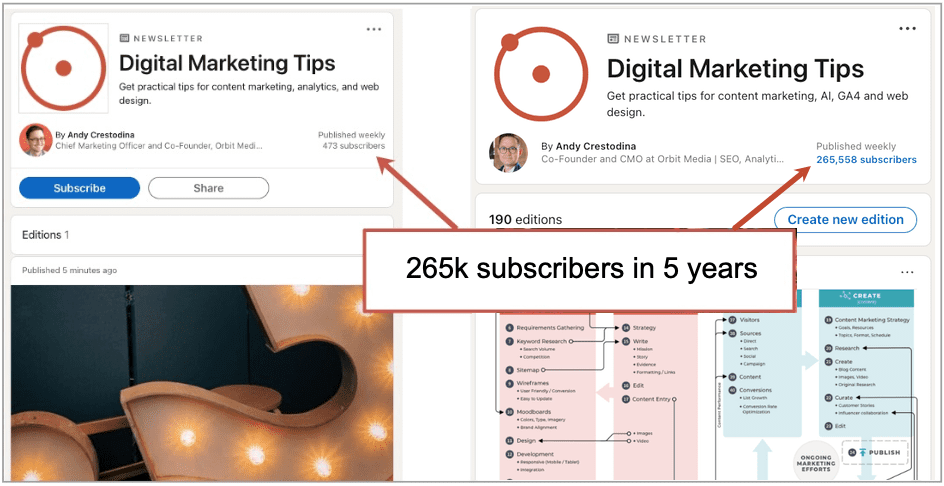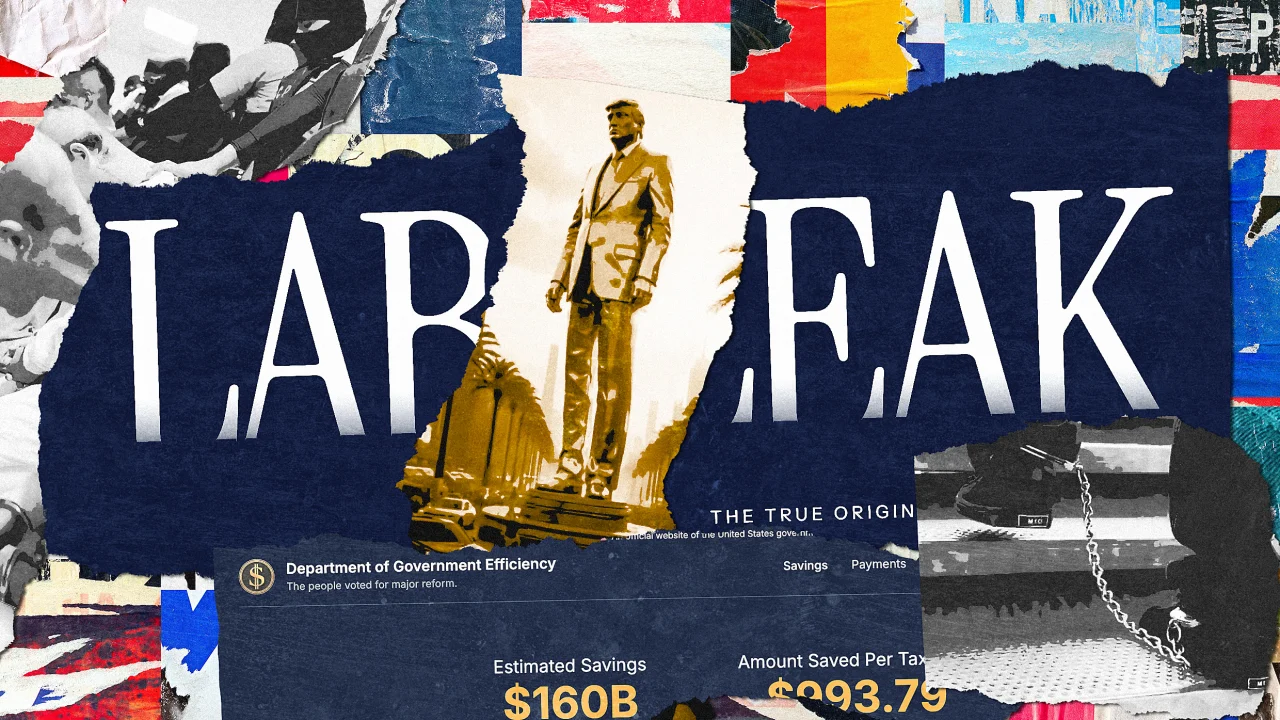A16z’s new Ayn Rand-style logo is the perfect embodiment of its Trumpian ethos
Andreessen Horowitz is done being another innocuous techie brand. Gone are the sans serif minuscules (lowercase letters) of its old a16z logo that tried to blend in, apologizing for their own presence. In their place is a flourished, Art Deco-style wordmark, alongside a giant gold coin featuring what looks like a female Hermes, the Greek messenger of the gods associated with trade and wealth. The imagery, part of an ongoing rebrand that kicked off earlier this year, visualizes a marked shift at the investment firm. With cofounder Marc Andreessen’s 2023 “Techno-Optimist Manifesto” as its guiding ethos (“It’s time the build”), the firm has spent the past year cozying up to Donald Trump and growing its investments in companies that its sees as essential to the future of America, many of them defense tech and security startups. It’s now pairing this new perspective with visuals that seem straight from Objectivism, the 20th-century philosophy developed by author Ayn Rand. “My philosophy, in essence, is the concept of man as a heroic being, with his own happiness as the moral purpose of his life, with productive achievement as his noblest activity, and reason as his only absolute,” Rand wrote in the appendix to her novel Atlas Shrugged, first published in 1957. No wonder the philosophy resonates so deeply with entrepreneurs and investors; these are creators who need to tune out the naysayers of the world in order to change it. But, of course, the flip side of Objectivism is that it prioritizes the individual at the expense of everyone else. Charting a16z’s shift toward Objectivist principles For years, a16z was, like most of the Valley, liberal-leaning in both its endorsements and in its donations. More recently, though, cofounders Ben Horowitz and Andreessen have backed the Trump agenda, supporting his reelection with $5 million in donations and celebrating his ensuing win. Andreessen called the new administration “a boot off the throat” for him and his companies. Vice President JD Vance, meanwhile, served as a keynote speaker at the firm’s recent American Dynamism Summit. Their reasoning has been that the country needs unbridled investment in technology above all else—and needs a federal government that will leave these companies and their founders unmolested by regulation. In a January interview with Ross Douthat of The New York Times, Andreessen described his growing frustration with the Biden administration’s regulatory approach to crypto, AI, and DEI issues. “The Biden administration turned out to be far more radical than even we thought they were going to be,” he said. But in Trump—with his vocal support of crypto, AI, and military might, and his vows to dismantle diversity, equity, and inclusion—the firm sees opportunity. Even, apparently, if it comes at the expense of free speech and other fundamental human rights. Where most of us might see deep moral conflicts, an Objectivist wears blinders, cropping out anything but their own vision. Perhaps that’s how Marc Andreessen can comfortably make proclamations like AI will eliminate most jobs but his own. And how Andreessen Horowitz can justify welcoming Daniel Penny to its investment team, who last made headlines when he choked to death a homeless man named Jordan Neely on a New York City subway. (Penny was acquitted on charges of criminally negligent homicide.) Another Objectivist tendency: to honor the singular visionary above all else. Perhaps that’s why we’re seeing a16z deliver unprecedented voting power for its own founders, like Mira Murati, who now leads AI company Thinking Machines Lab. “The Strong Form of the argument, action or aesthetic is almost always better than the weak form. Yet for decades we’ve been told the opposite is true,” argued a16z partner Katherine Boyle in a post on X earlier this year. “We’re entering an era where the Strong Form is now prized and on display all the time. It’s going to be jarring to see this way of being in government and business but the good thing is, the strong form becomes infectious once it becomes acceptable to implement.” You could almost imagine the same words on the back of a book by Ayn Rand. [Images: Nick Gatano] Why we equate Art Deco with Objectivism in the first place Rand’s The Fountainhead, the story of individualism triumphing over collectivism, was published in 1943, trailing the Art Deco movement by a few years. But Rand, Objectivism, and Art Deco are associated thanks to the work of illustrator Nick Gaetano. In 1981, to celebrate the 25th anniversary of Rand’s second iconic Objectivist novel, Atlas Shrugged, Gaetano created new illustrated covers for 10 of Rand’s books, featuring heroic statues carved in simple, fluid lines. “These guys are naked and statuesque, like Greek gods. I meant for them to be icons,” he said in a 2011 interview. Ironically, Gaetano viewed The Fountainhead as anti-capitalist, and he likened the visionaries in Rand’s boo

Andreessen Horowitz is done being another innocuous techie brand. Gone are the sans serif minuscules (lowercase letters) of its old a16z logo that tried to blend in, apologizing for their own presence. In their place is a flourished, Art Deco-style wordmark, alongside a giant gold coin featuring what looks like a female Hermes, the Greek messenger of the gods associated with trade and wealth.
The imagery, part of an ongoing rebrand that kicked off earlier this year, visualizes a marked shift at the investment firm. With cofounder Marc Andreessen’s 2023 “Techno-Optimist Manifesto” as its guiding ethos (“It’s time the build”), the firm has spent the past year cozying up to Donald Trump and growing its investments in companies that its sees as essential to the future of America, many of them defense tech and security startups. It’s now pairing this new perspective with visuals that seem straight from Objectivism, the 20th-century philosophy developed by author Ayn Rand.
“My philosophy, in essence, is the concept of man as a heroic being, with his own happiness as the moral purpose of his life, with productive achievement as his noblest activity, and reason as his only absolute,” Rand wrote in the appendix to her novel Atlas Shrugged, first published in 1957. No wonder the philosophy resonates so deeply with entrepreneurs and investors; these are creators who need to tune out the naysayers of the world in order to change it. But, of course, the flip side of Objectivism is that it prioritizes the individual at the expense of everyone else.
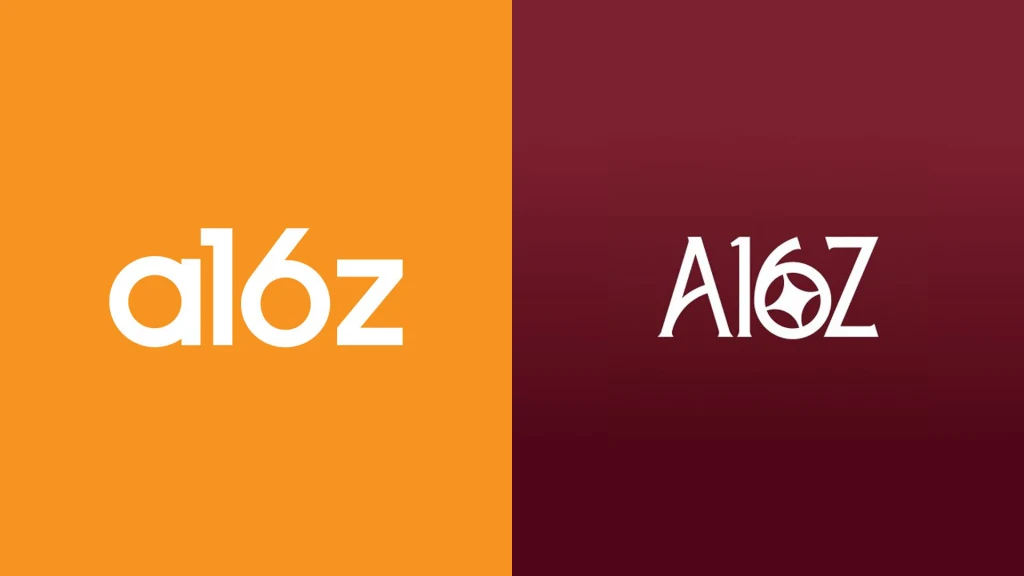
Charting a16z’s shift toward Objectivist principles
For years, a16z was, like most of the Valley, liberal-leaning in both its endorsements and in its donations.
More recently, though, cofounders Ben Horowitz and Andreessen have backed the Trump agenda, supporting his reelection with $5 million in donations and celebrating his ensuing win. Andreessen called the new administration “a boot off the throat” for him and his companies. Vice President JD Vance, meanwhile, served as a keynote speaker at the firm’s recent American Dynamism Summit.
Their reasoning has been that the country needs unbridled investment in technology above all else—and needs a federal government that will leave these companies and their founders unmolested by regulation. In a January interview with Ross Douthat of The New York Times, Andreessen described his growing frustration with the Biden administration’s regulatory approach to crypto, AI, and DEI issues. “The Biden administration turned out to be far more radical than even we thought they were going to be,” he said.
But in Trump—with his vocal support of crypto, AI, and military might, and his vows to dismantle diversity, equity, and inclusion—the firm sees opportunity. Even, apparently, if it comes at the expense of free speech and other fundamental human rights.
Where most of us might see deep moral conflicts, an Objectivist wears blinders, cropping out anything but their own vision. Perhaps that’s how Marc Andreessen can comfortably make proclamations like AI will eliminate most jobs but his own. And how Andreessen Horowitz can justify welcoming Daniel Penny to its investment team, who last made headlines when he choked to death a homeless man named Jordan Neely on a New York City subway. (Penny was acquitted on charges of criminally negligent homicide.)
Another Objectivist tendency: to honor the singular visionary above all else. Perhaps that’s why we’re seeing a16z deliver unprecedented voting power for its own founders, like Mira Murati, who now leads AI company Thinking Machines Lab.
“The Strong Form of the argument, action or aesthetic is almost always better than the weak form. Yet for decades we’ve been told the opposite is true,” argued a16z partner Katherine Boyle in a post on X earlier this year. “We’re entering an era where the Strong Form is now prized and on display all the time. It’s going to be jarring to see this way of being in government and business but the good thing is, the strong form becomes infectious once it becomes acceptable to implement.”
You could almost imagine the same words on the back of a book by Ayn Rand.

Why we equate Art Deco with Objectivism in the first place
Rand’s The Fountainhead, the story of individualism triumphing over collectivism, was published in 1943, trailing the Art Deco movement by a few years. But Rand, Objectivism, and Art Deco are associated thanks to the work of illustrator Nick Gaetano. In 1981, to celebrate the 25th anniversary of Rand’s second iconic Objectivist novel, Atlas Shrugged, Gaetano created new illustrated covers for 10 of Rand’s books, featuring heroic statues carved in simple, fluid lines. “These guys are naked and statuesque, like Greek gods. I meant for them to be icons,” he said in a 2011 interview.
Ironically, Gaetano viewed The Fountainhead as anti-capitalist, and he likened the visionaries in Rand’s books to the writers and artists he knew, rather than captains of industry. “I saw the capitalists as the enemy,” he noted in that 2011 interview, adding, “I see heroism as creative. I know that capitalism is their church, but I don’t know what their vision of heroism is. When you get a project like this, you have to try to distill some kind of visual direction that gives meaning to the cover.”
Gaetano might have been only an “accidental Objectivist” (as Interview magazine once called him). But he nevertheless created an indelible visual link between Rand’s egoistic philosophy and the aerodynamic forms of Art Deco. And it’s that connection, it seems, that a16z picked up on.
I’m a fan of a lot of what a16z has helped usher into the world, from Instagram to Airbnb to Figma to Krea. But I’ll never be a fan of Ayn Rand. That said, I have nothing critical to offer regarding a16z’s rebranding. I think it’s superb in a way: A perfect manifestation of the firm’s values, and a dog whistle for the types of people it’s hoping to attract. This is an investment firm that’s telling you exactly what it believes in: itself.






























































